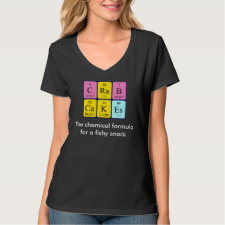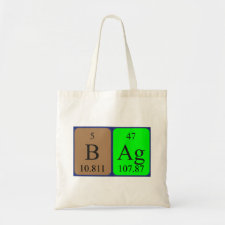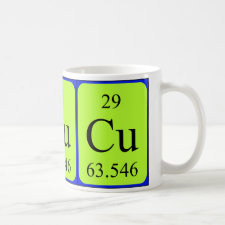
Authors: Liu JX, Pan JM, Ma Y, Liu SC, Qiu FX, Yan YS
Article Title: A versatile strategy to fabricate dual-imprinted porous adsorbent for efficient treatment co-contamination of λ-cyhalothrin and copper(II).
Publication date: 2018
Journal: Chemical Engineering Journal
Volume: 332
Page numbers: 517-527.
DOI: 10.1016/j.cej.2017.09.079
Alternative URL: http://www.sciencedirect.com/science/article/pii/S1385894717315784
Abstract: Smart absorbents with high affinity to specific toxicant, especially with multi-affinity to both metal ions and organic pollutants, are very appealing for the treatment of heavy metal and organic co-contaminated water. A versatile strategy based on Pickering high internal phase emulsions (HIPEs) and controllable pore-filled technique was reported to fabricate molecule and ion dual-imprinted polymer adsorbent (M/I-DIPA). 2-Bromoisobutyryl bromide (BIBB)-modified silica nanoparticles (MSPs) were firstly employed to form Pickering HIPEs template, and then it was used to prepare λ-cyhalothrin (LC)-imprinted polymer foam (MIPA). Secondly, surface-initiated atom transfer radical polymerization (SI-ATRP) was adopted to controllably produce Cu(II)-imprinted adsorbent onto the MSPs which firmly "locked" in the MIPA shell. As-prepared M/I-DIPA effectively avoids the burying of recognition sites in a secondary imprinting process, and possesses highly permeable macroporous morphology. In batch mode experiments, M/I-DIPA exhibits fast binding kinetics (i.e. 60 min), and the maximum monolayer adsorption amount from Langmuir model for LC and Cu(II) are 120.8 μmol g-1 and 101.7 μmol g-1 at 35 °C, respectively, indicating this strategy makes the defined imprinted cavities well protected in twice imprinting steps. Moreover, LC and Cu(II) have both higher imprinting factor α (about two times) than the other structural analogues, and the excellent selectivity coefficient β in multi solute system also demonstrates the preferential affinity to templates (i.e. LC and Cu(II)) due to a good imprinting effect. The loss in adsorption amounts of M/I-DIPA for LC and Cu(II) at 120 min after four regeneration cycles are 7.295% and 13.05%, respectively, illustrating good retention of the activity of M/I-DIPA
Template and target information: dual template, λ-cyhalothrin, LC, copper ion, Cu(II)
Author keywords: Dual-imprinted porous adsorbent, λ-Cyhalothrin, copper(II), Co-contamination, selective adsorption



Join the Society for Molecular Imprinting

New items RSS feed
Sign-up for e-mail updates:
Choose between receiving an occasional newsletter or more frequent e-mail alerts.
Click here to go to the sign-up page.
Is your name elemental or peptidic? Enter your name and find out by clicking either of the buttons below!
Other products you may like:
 MIPdatabase
MIPdatabase









